New Insights on DEPDC5-Related Epilepsy for Better Care
This study looked at a specific genetic cause of focal epilepsy called DEPDC5 variants, which are often linked to brain abnormalities.
Pediatric epilepsy research translated for parents into normal language, including summaries about diagnosis, treatments, school, safety, and safety.
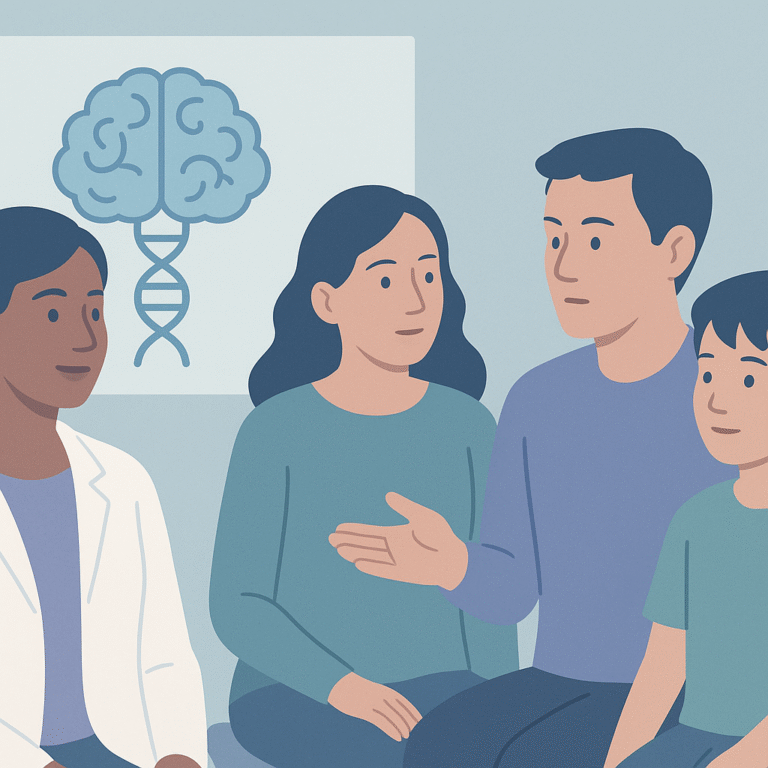
This study looked at a specific genetic cause of focal epilepsy called DEPDC5 variants, which are often linked to brain abnormalities.
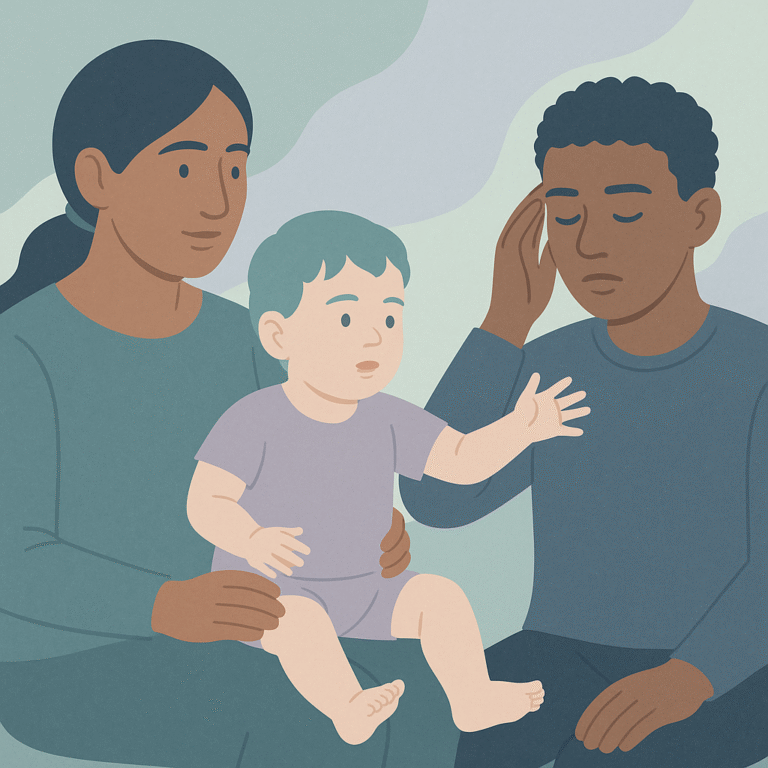
Researchers studied a specific genetic change in the NBEA gene in a child from China who had developmental delays and epilepsy.
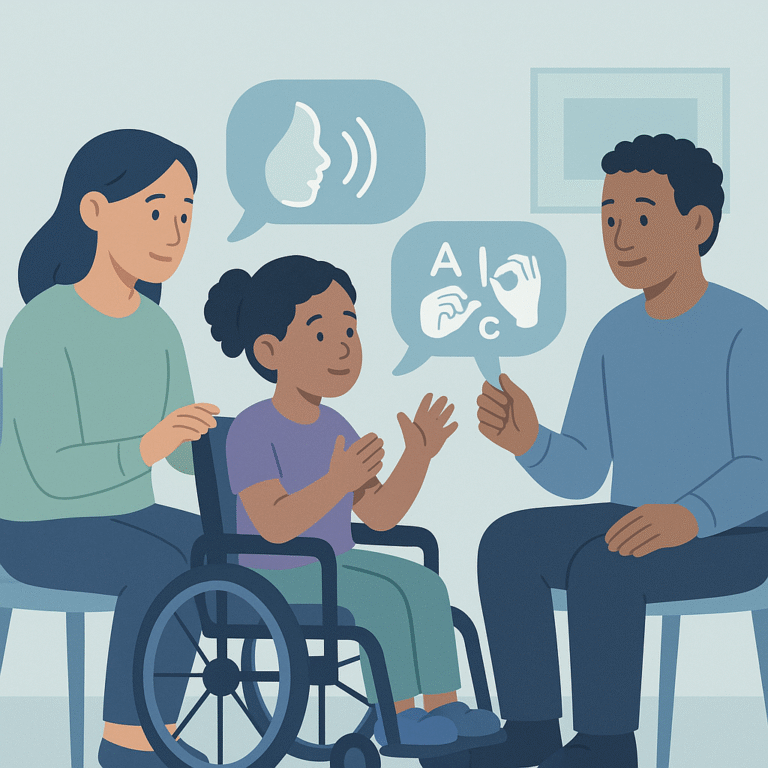
This study looked at how non-seizure outcomes affect young people with severe neurodevelopmental encephalopathy, with or without epilepsy.
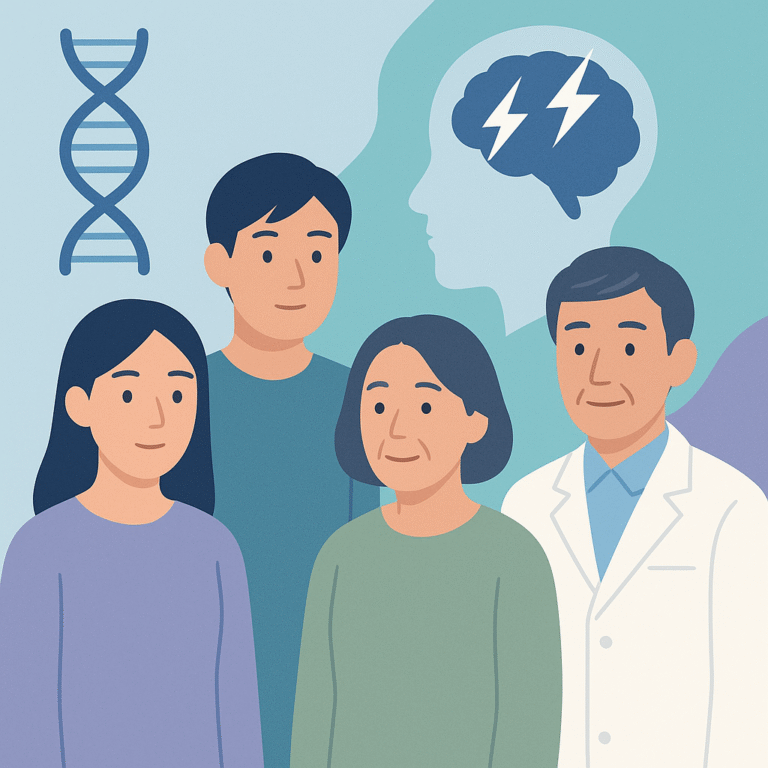
This study looked at a group of Japanese patients with specific genetic changes known as DHDDS variants, which are linked to severe epilepsy and movement disorders.
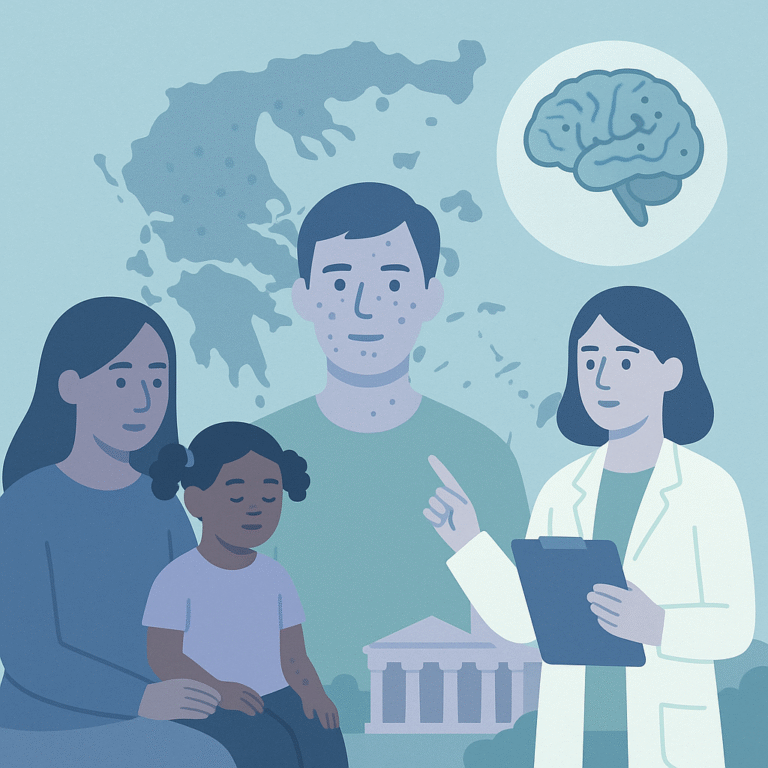
This study looked at Tuberous Sclerosis Complex (TSC), a rare genetic disorder, in Greece.
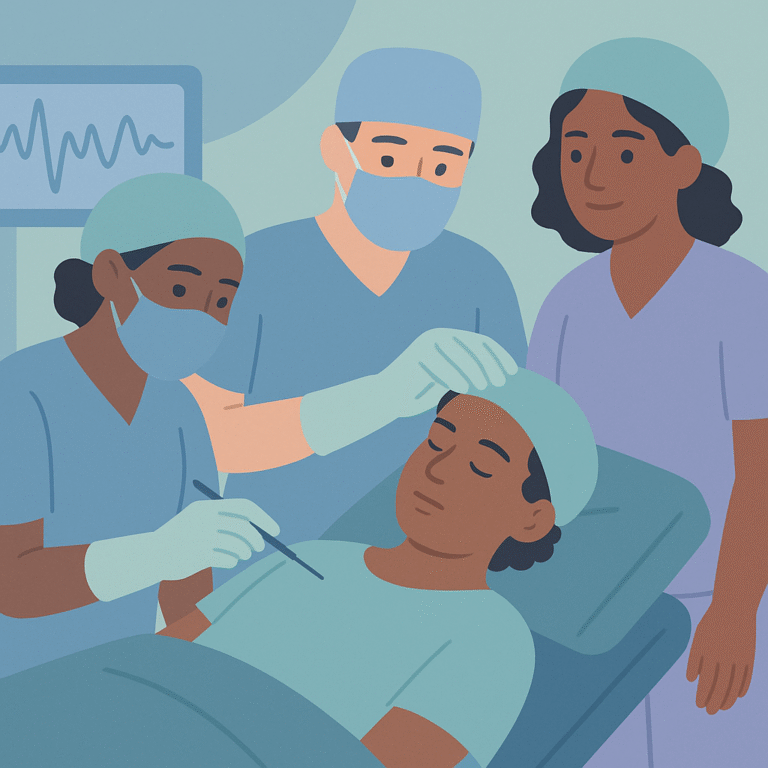
This study looked at the effects of resective surgery on children with drug-resistant epilepsy related to tuberous sclerosis complex (TSC).
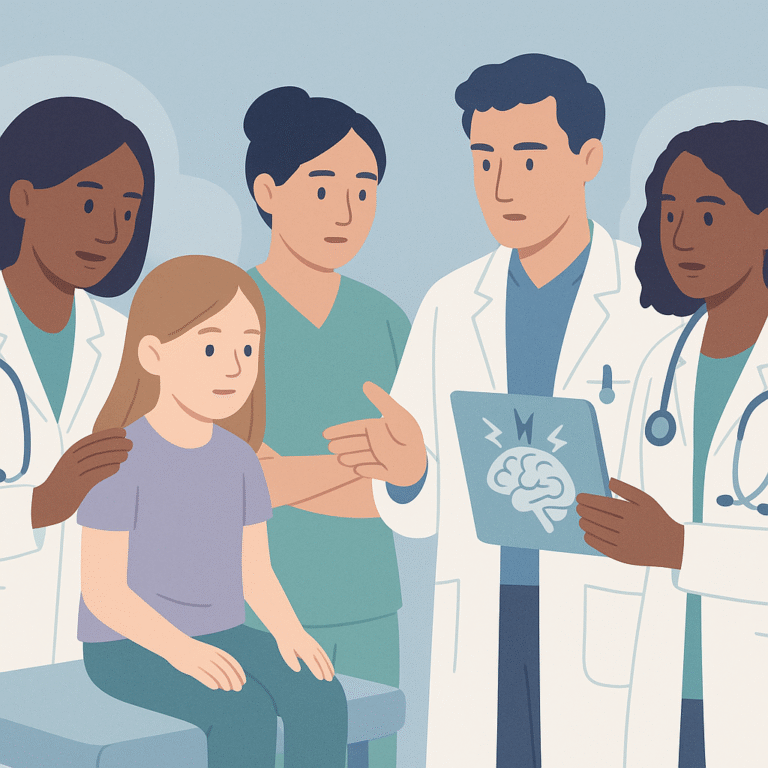
A study was conducted in Jordan to understand how well pediatricians and pediatric residents know about epilepsy and its management.
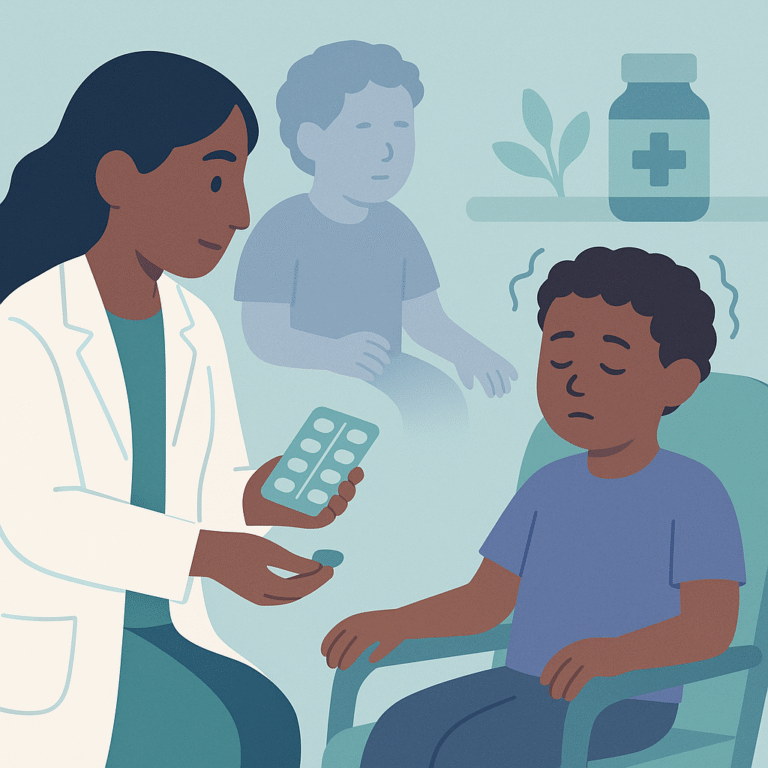
A study was conducted to evaluate how effective and safe clobazam (CLB) is when added to treatment for children with epilepsy who did not respond well to their first medication.
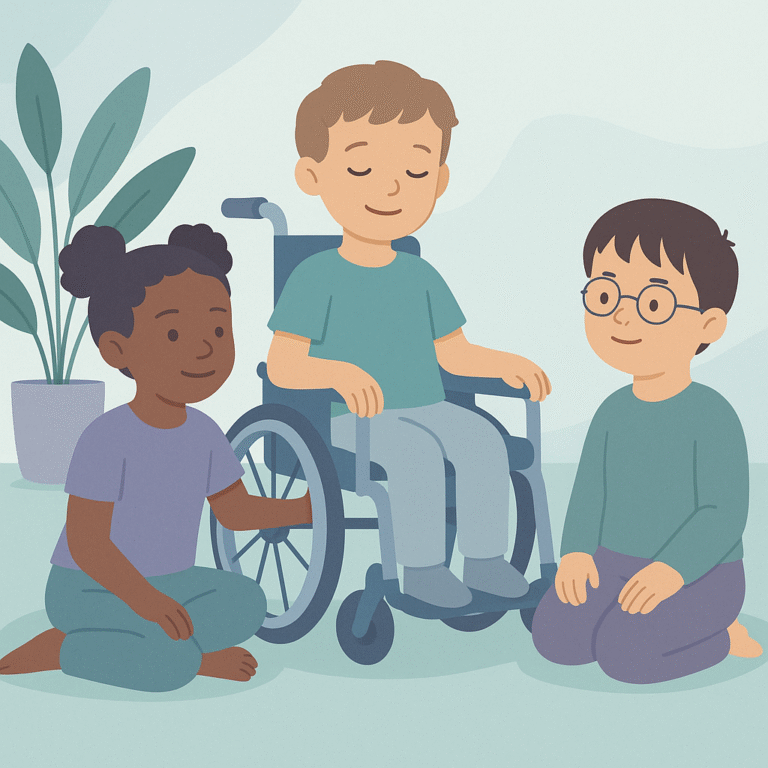
Researchers studied three children diagnosed with DEND syndrome, which includes developmental delay, epilepsy, and neonatal diabetes.